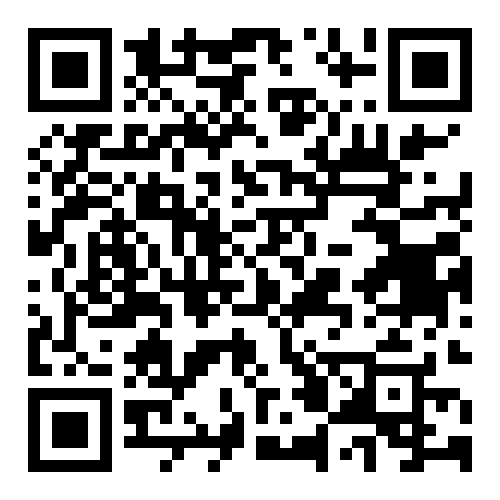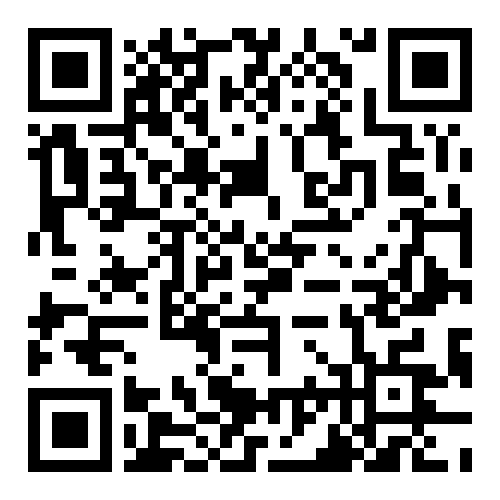Possible UPSC Questions
- Define “full literacy” as per the ULLAS–Nav Bharat Saksharta Karyakram. Which Indian States/UTs have recently attained this status and how was it measured?
- Critically examine the evolution of India’s adult-literacy initiatives since Independence, with special reference to ULLAS.
- Discuss the major policy instruments—RTE Act, NEP 2020, Samagra Shiksha—that aim to bridge literacy disparities in India. What persistent challenges obstruct universal literacy?
- How does the Annual Status of Education Report (Rural) complement official literacy statistics? Illustrate with 2024 findings.
Quick Outline of Key Facts
| Indicator / Scheme | Highlights |
| Current national literacy rate (PLFS 2023-24) | 80.9 % (age 7+) |
| ULLAS benchmark for “full literacy” | ≥ 95 % adult literacy in a State/UT |
| States/UTs declared “fully literate” (≥ 95 %) | Ladakh (first, June 2024), Goa (99.72 %), Mizoram (98.2 %), Tripura (95.6 %) |
| Lowest literacy (PLFS 2023-24) | Andhra Pradesh 72.6 %, Bihar 74.3 % |
| ULLAS (2022-27) | Centrally-sponsored; target: 5 crore non-literates (15+) via volunteer-driven 5-component model (Foundational literacy & numeracy, Critical life skills, Basic & Continuing education, Vocational skills) |
| Major national policies | RTE Act 2009; NEP 2020; Samagra Shiksha; PM-SHRI; Digital India e-learning; Beti Bachao Beti Padhao |
| ASER (Rural) 2024 | Class 3 reading in govt schools up to 23.4 % (highest in 20 yrs); arith. gains noted |
Summary
Last month Tripura joined Ladakh, Goa and Mizoram in declaring itself “fully literate”, having crossed the 95 % adult-literacy threshold defined by the Ministry of Education’s ULLAS – Nav Bharat Saksharta Karyakram. The programme, launched in 2022 for a five-year span, is the latest in India’s long line of adult-education schemes (from the 1950 National Adult Education Programme through Saakshar Bharat 2009-18). It targets five crore non-literates aged 15 + through volunteer instructors, app-based/ offline content, and materials prepared by NCERT and states. Its five components attempt to marry basic reading–writing–numeracy with digital, financial and vocational skills, thus aligning with NEP-2020 goals of lifelong learning and Sustainable Development Goal 4 (universal literacy by 2030).
The Ministry’s 2023 advisory clarified that “full literacy” may be treated as 95 % rather than an absolute 100 %, acknowledging residual hard-to-reach pockets. By this yardstick Goa (99.7 %), Mizoram (98.2 %), Tripura (95.6 %) and the UT of Ladakh (>97 %) have crossed the line, while the national average—per PLFS 2023-24—stands at 80.9 % (male-female gap persists; Andhra Pradesh and Bihar remain laggards).
India’s literacy trajectory has risen from 14 % in 1947 to roughly 76 % in the 2011 Census and over 80 % today, propelled by foundational legislation (RTE Act 2009) and umbrella schemes: Samagra Shiksha Abhiyan merges SSA, RMSA and Teacher Education; PM-SHRI upgrades exemplar schools; Digital India/DIKSHA democratise content; Beti Bachao, Beti Padhao targets female literacy. NEP-2020 further stresses Foundational Literacy & Numeracy (FLN) and adult education as non-negotiables.
Field evidence from ASER 2024 suggests modest academic quality gains: Class 3 children in government schools able to read Class 2 text rose to 23.4 % (vs 16.3 % in 2022) and arithmetic skills edged up, though learning gaps remain stark across states, genders and socio-economic groups.
Despite policy advances, systemic hurdles persist: inter-state and urban-rural disparities; teacher shortages and uneven quality; high dropout rates linked to poverty and child labour; inadequate school infrastructure; digital divide; and administrative bottlenecks that slow fund flows and monitoring.
Significance to the UPSC Exam
- GS-II (Governance & Social Justice): ULLAS, RTE, NEP-2020, Samagra Shiksha illustrate Centre-State cooperative federalism in social-sector delivery and SDG commitments.
- GS-I (Society): Literacy as an indicator of social transformation; gender and regional disparities; role of civil-society surveys (ASER).
- Essay & Ethics: Debates on qualitative vs quantitative literacy, equity vs excellence, volunteerism, ethical obligation of educated youth (Kartavya Bodh).
- Prelims: Schemes (ULLAS, PM-SHRI), literacy definitions, highest/lowest literacy states, ASER findings, constitutional provisions (Art 21-A).
Understanding the evolving literacy landscape equips aspirants to analyse policy effectiveness, recommend realistic reforms, and appreciate education’s pivotal role in inclusive development.




